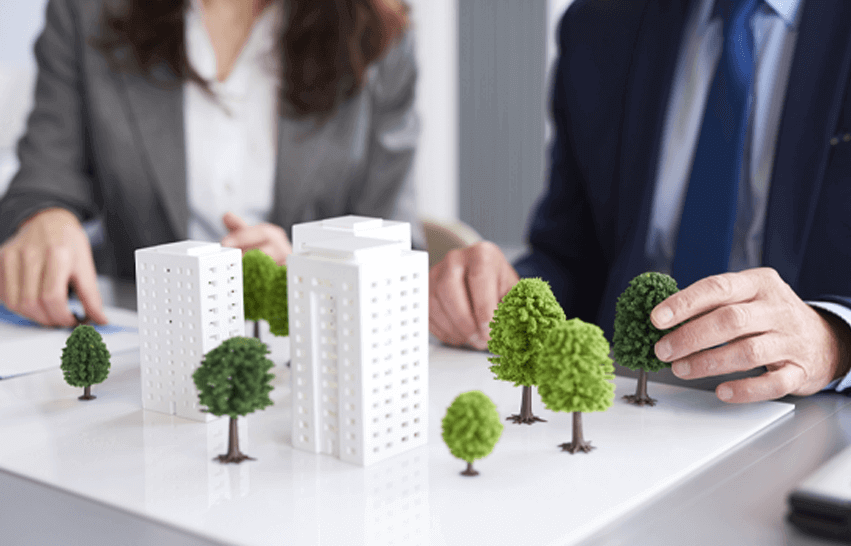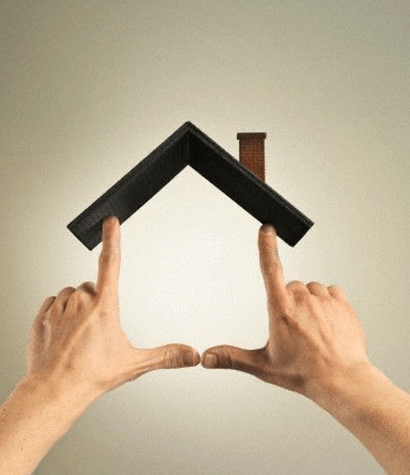176-42, NGN St, Siddhapudur,
Siddhapudur, New Siddhapudur, Coimbatore, Tamil Nadu 641044

In the ever-evolving landscape of real estate, the process of property development stands out as a dynamic blend of creativity, strategy, and execution. It's an art form that takes a vision—be it a sketch on paper or a dream in someone's mind—and transforms it into tangible reality. This journey from concept to completion not only shapes our communities but also reflects our collective aspirations for the spaces we inhabit. Let's delve into the intricacies of property development and explore how visions are meticulously brought to life.


Every landmark property begins with a vision. This could be the dream of creating a sustainable living community, the ambition to erect a skyscraper that redefines a city's skyline, or the desire to develop a residential area that feels like a haven from the urban rush. The initial concept sets the tone for the entire project, embodying the developer's goals, the architect's creativity, and the community's needs.
The impact of property development extends far beyond the confines of the newly erected structures. It revitalizes neighborhoods, creates jobs, introduces new amenities, and can even alter the character of cities. Moreover, it reflects our evolving lifestyle preferences, technological advancements, and environmental considerations.
The path of property development is fraught with challenges, from navigating regulatory landscapes and managing construction risks to meeting the market's demands. Yet, the ability to overcome these obstacles and deliver projects that enhance lives and landscapes is what makes pro perty development not just an art but a passion for many developers.
Property development is more than just building structures; it's about realizing potential—of land, communities, and dreams. As we look towards the future, the art of transforming visions into reality will continue to play a pivotal role in shaping the spaces we live, work, and play in. For developers, architects, and all those involved in this dynamic field, the journey from concept to completion is a rewarding testament to human ingenuity and ambition.